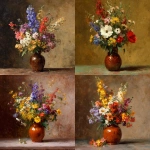Explore the Best AI Image Gallery
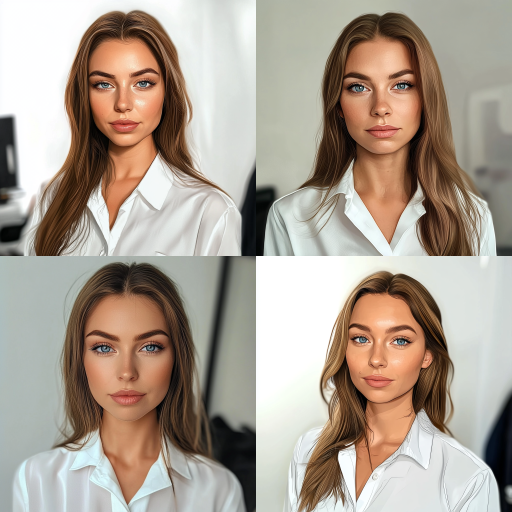
AI and Digital Creativity: Shaping the Future of the Creative Industry
Artificial Intelligence (AI) is not just a technological breakthrough; it is fundamentally changing the landscape of creativity across various domains. From visual arts to music production and writing, AI is transforming how we conceive, create, and distribute art. In this post, we explore the profound impact of AI on the creative industry, the potential applications, ethical considerations, and future trends that may arise as these technologies continue to evolve.
The Impact of AI on the Creative Industry
AI's influence on the creative industry has been both significant and multifaceted. It enables artists and creators to explore new dimensions of their work. For instance, tools like Adobe Sensei utilize AI to analyze creative content, suggesting enhancements and streamlining workflows. This allows creators to focus more on innovation rather than routine tasks.
Moreover, generative AI tools like DALL-E 2 and Midjourney empower artists to generate stunning visuals from textual descriptions, blurring the lines between human creativity and machine-generated art. This capability opens up new avenues for artistic expression, allowing creators to visualize concepts instantaneously that might have otherwise taken hours or days to execute by hand. The results can be breathtaking, often challenging conventional notions of what art can be.
Potential Uses of AI in Creativity
The adoption of AI in creative processes comes with a multitude of potential uses:
- Content Creation: AI can assist in writing articles, generating stories, and even creating scripts. Some platforms, like Jasper and Copy.ai, leverage AI to help marketers and writers produce engaging content efficiently.
- Music Composition: AI can analyze existing music to create new compositions, aiding musicians in exploring uncharted musical territories. Platforms like Amper utilize machine learning to assist artists in creating original scores.
- Game Development: AI generates complex narratives and dynamic landscapes in video game design, enhancing player experiences and providing endless opportunities for engagement.
- Interactive Art: Some artists are creating interactive installations that respond to viewer inputs, merging technology with traditional art forms.
Ethical Considerations
With great power comes great responsibility. The integration of AI into creative practices provokes a host of ethical considerations that need to be addressed. One primary concern is the issue of authorship. If an AI system generates a piece of art, who holds the copyright? The artist who provided the input, the developers who created the system, or the AI itself?
Furthermore, there is the question of originality and authenticity. The ease of generating art through AI tools might lead to an oversaturation of similar styles, raising doubts about the value of human-made versus machine-made art. This creates a paradox where technology, intended to facilitate creativity, may inadvertently undermine the artistry behind it.
Future Trends in AI-Enhanced Creativity
The future of AI and digital creativity is brimming with possibilities. Here are some anticipated trends:
- Collaboration Between Human and Machine: As AI continues to evolve, we may see increased collaboration between human artists and AI platforms, leading to entirely new forms of artistic expression.
- Personalization: AI could enable hyper-personalized content and experiences tailored to individual preferences, transforming how we consume art and media.
- Accessibility: The democratization of creative tools will potentially allow more individuals to become creators, breaking down traditional barriers in the creative industry.
- Hybrid Art Forms: The combination of conventional media (painting, sculpture) with digital formats (VR, AR) driven by AI algorithms could create hybrid art forms that challenge aesthetic norms.
Conclusion
AI is poised to redefine the very essence of creativity and artistic expression. While it offers remarkable opportunities for innovation, it also comes with ethical dilemmas and questions about the future of artistic integrity. As we move forward, it is crucial for artists, technologists, and society to collaboratively navigate this new creative frontier, ensuring that technology enhances, rather than diminishes, the human experience of art.
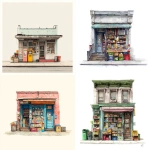

](https://images.ai-img.art/thumbnails/150/02120d31d5771fadbd25ea482d4fea0a00db4203579724231b752a52fe0e7e4c.webp)
](https://images.ai-img.art/thumbnails/150/b23568689bdc550e1f653d225620666e319e1ef840eb35121c2ff61ea639a6f6.webp)



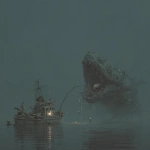
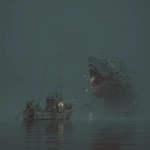
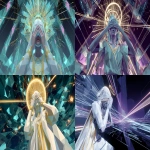
](https://images.ai-img.art/thumbnails/150/252bd2057e5882209a393dc6a7b2f5b238c67f12dc0401608867543ab2acf39b.webp)
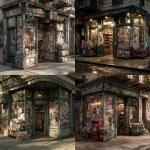
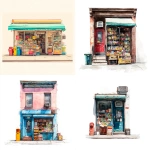
](https://images.ai-img.art/thumbnails/150/d09aea54eca5de3b78e08fd836012ff6a23d17835a2473c901b4859073a93cf2.webp)
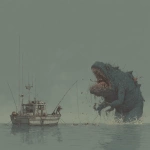
](https://images.ai-img.art/thumbnails/150/058e808da703f55c4c6ff9009cfceb51153628ffc94cb42ddb9627ece60c5b3c.webp)
](https://images.ai-img.art/thumbnails/150/0eba954f29355e6fd5353c2b3fcbedd909f8a5e462d0a5982880af5bb19a12ad.webp)
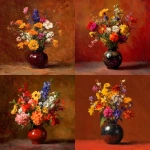

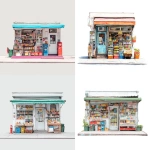
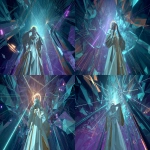
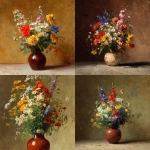
](https://images.ai-img.art/thumbnails/150/db8c0ceb5fc7105e6e975a02df61497f198371c8de6a53c7867f346b1708c13a.webp)

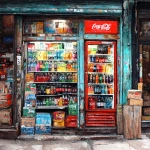
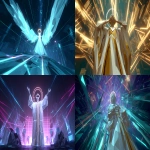

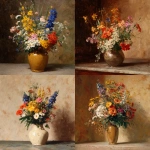
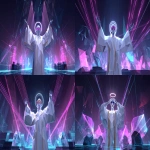
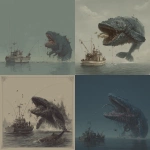
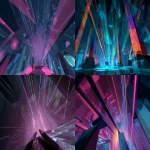
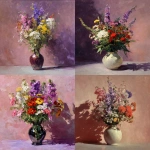
](https://images.ai-img.art/thumbnails/150/886c07228472ed209e01fcf32d6d4d1d2d7577280258b4c2a2c7db7ec749b95c.webp)
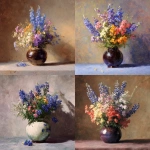
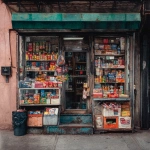
](https://images.ai-img.art/thumbnails/150/48bc6595bd726455bbeb1f2fef65efdd36a6264de2d9e253f6c5f9fd00dbbd21.webp)
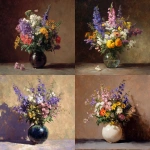
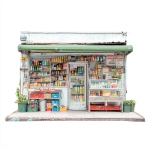
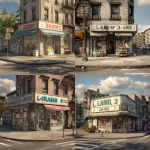
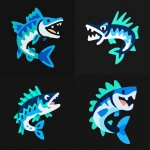
](https://images.ai-img.art/thumbnails/150/072fd597f9213821953f6a8e2e7ac3e3569f1c69444b6b2502bf31525fc98576.webp)
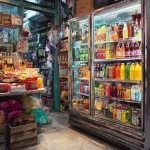
](https://images.ai-img.art/thumbnails/150/f88682ac7749bbd2e80ef281a2f196215a7d5515866a6925e1ee15ccea1b2e8e.webp)
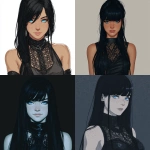
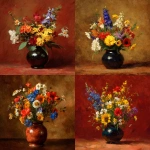
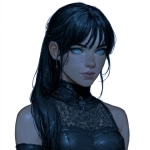
](https://images.ai-img.art/thumbnails/150/05654f70ed91bfff26b57ce7abcba9e59fdcb86339c5db1e44e4cf6451b028b0.webp)
](https://images.ai-img.art/thumbnails/150/5fe4e4a0b755f7ee536875c4418d1307af56f0b399cc9459f01ca7b2307f906c.webp)
